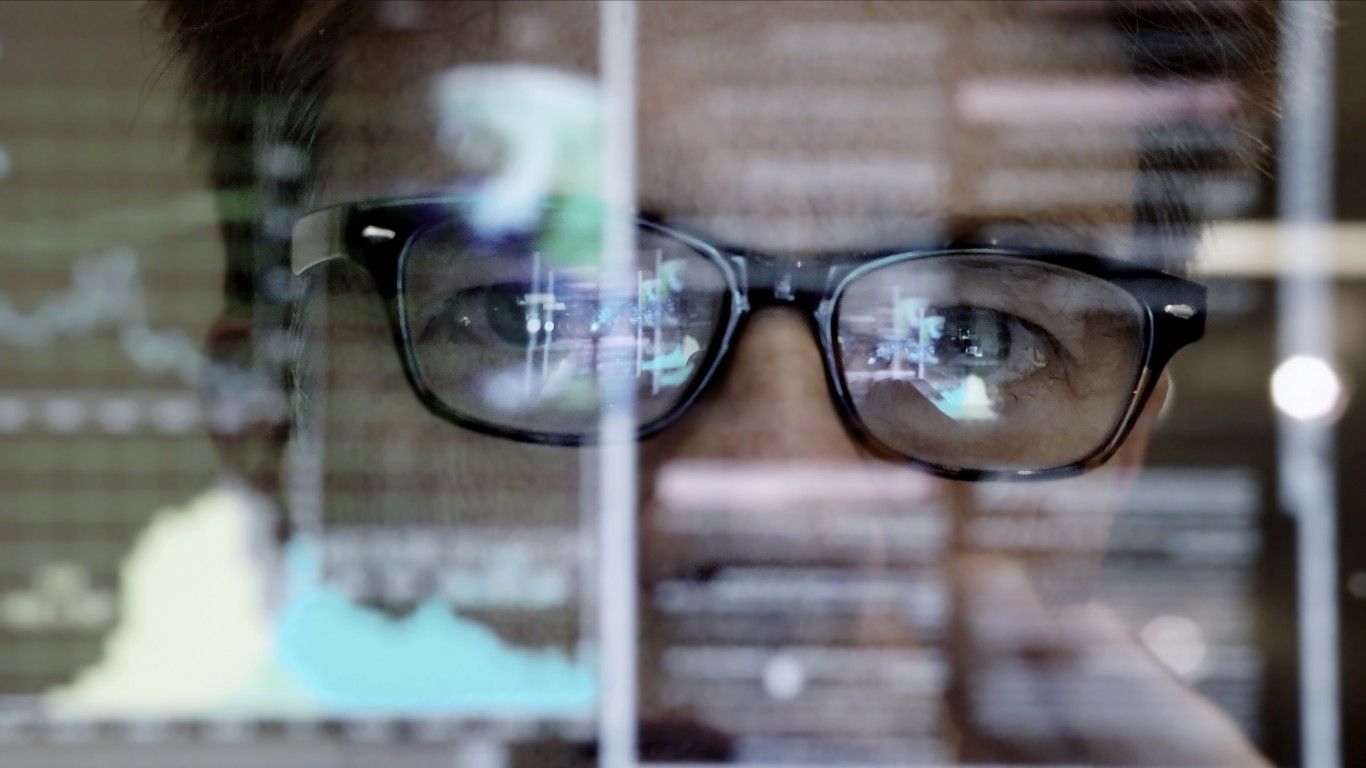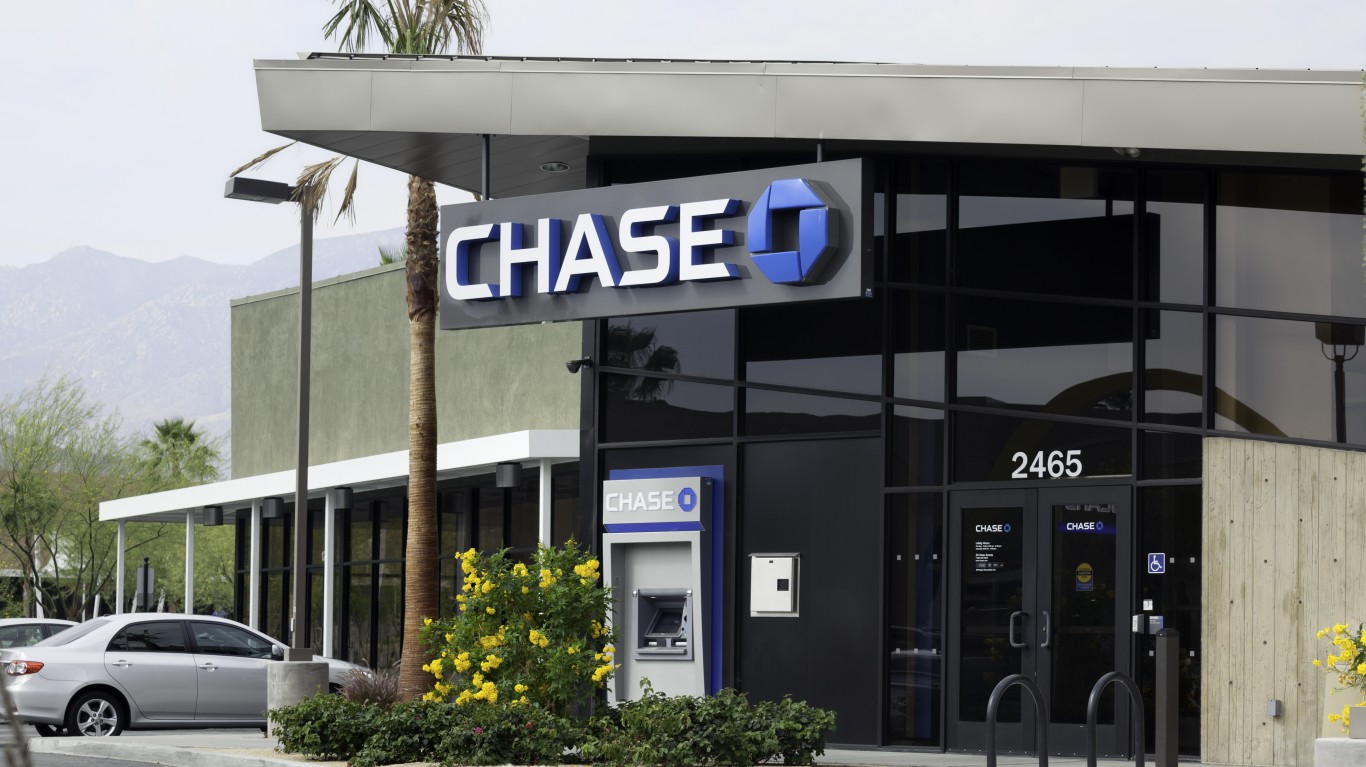
A plethora of acronyms are used in the financial world for a wide variety of items. Most investors are well aware of the FAANG stocks, which are the massive tech monsters that rule the market. In addition, one of the acronyms used to describe the constant rise in the stock markets, especially when the “buy the dip” crowd takes control after sizable selling, is FOMO, or fear of missing out.
One of the very newest acronyms to hit the market speak lexicon is TINA. That stands for “there is no alternative,” which is an explanation for the constant ascent of the stock market. Basically what it means is that, due to very low yields on bonds and cash, especially with mounting inflation, owning stocks (especially those that pay solid and predictable dividends) is the only way to stay ahead of the game.
If any one equity strategist across Wall Street has been right on the money over the past few years, it is Stifel’s head of Institutional Equity Strategy, Barry Bannister, and he is advising clients that we could be poised to have a TINA trap sell-off. We have covered his outstanding and prescient calls for years, and generally when he talks, we listen. Those who did so at the height of the sell-off in 2020 posted some massive gains.
On March 19, 2020, just four short days before the final surge of selling and investor capitulation on March 23, Bannister and his team dropped a prediction for a relief rally that would carry the S&P 500 to the 2,750 level by April 30. On March 23, the index hit an intraday low of 2,191, and it closed at 2,237.
We covered that incredibly bold prediction then, and while some were very skeptical of the call, Bannister made the prerequisite financial media rounds at the time giving his firm’s rationale for the prediction. In early April of 2020 as a surge of alarming news on the COVID-19 pandemic flooded the airwaves, Stifel came out and defended the call, telling clients to stand their ground. In the middle of April, as the rest of Wall Street was finally on board, Stifel raised the end-of-April target to 2,950. On April 30, in line with the laser-like call from Stifel, the S&P 500 closed at 2,912 after hitting an intraday high of 2,930 and after trading to 2,950 level the day before. In late May of 2020, Stifel once again raised the price target on the S&P 500 to 3,250 by August 30.
Once again, Bannister sees storm clouds on the horizon, and with good reason. Everything from stocks to gold, Treasury debt and oil and have been pushed higher. This is a result of a unique combination of the FOMO worries and the TINA mentality. In a new research report, Bannister and his team feel that a lightning-fast 10% correction could occur in the remaining months of the fourth quarter. The report noted this:
Near-term in the fourth quarter of 2021, we note that equal-weighted cyclicals vs. defensives are very near the point at which P/E-driven S&P 500 corrections occur, and we see downside equating to the S&P 500 falling from 4,535 currently to ~4,000 (prior view 3,800), around a 10% correction in the fourth quarter as we see mid-cycle risks.
Our target and concerns are based on slowing global liquidity and tighter financial conditions with a gradual but unwavering Fed exit (especially after the Fed Chair is named). Sure, the Fed-inflated TINA trade “There is No Alternative” (to stocks) exists, but everyone goes into the boxing ring “with a plan” to buy-the-dip…until they get hit with a double-digit correction.
Looking out to mid-2022 through 2025, we observe that value vs. growth tracks the S&P 500 divided by commodity index ratio, which soared in 2020 (favored growth stocks), fell in 2021 (favors value) and may bounce in mid-2022 (after the S&P 500 corrects) favoring growth, post-dip. We also show that despite the Quantitative Easing taper the S&P 500 could hit 5,200 by Jun-2022 (TINA’s last gasp?). Moreover, we see no actual bear market, which would be a 20% or more decline until fed funds is 1% (4 rate hikes), which fed funds futures indicate does not occur until 2024.
Those who don’t heed Bannister’s call may do so at their own risk. One thing is for sure, and again at 24/7 Wall St., we have covered Bannister and his team for years. While his Elaine Gazzarelli moment was never fully appreciated, the years of quality work and spot-on calls speak for themselves.
Plus, it just makes sense for investors to take some profits now, and start building some cash reserves. In addition, it is important to note that capital gains tax increases are a given, and they are expected to be among the highest in the world. That, in itself, is a reason to move to a more defensive posture.
It’s Your Money, Your Future—Own It (sponsor)
Are you ahead, or behind on retirement? For families with more than $500,000 saved for retirement, finding a financial advisor who puts your interest first can be the difference, and today it’s easier than ever. SmartAsset’s free tool matches you with up to three fiduciary financial advisors who serve your area in minutes. Each advisor has been carefully vetted and must act in your best interests. Start your search now.
If you’ve saved and built a substantial nest egg for you and your family, don’t delay; get started right here and help your retirement dreams become a retirement reality.
Thank you for reading! Have some feedback for us?
Contact the 24/7 Wall St. editorial team.

 24/7 Wall St.
24/7 Wall St.



